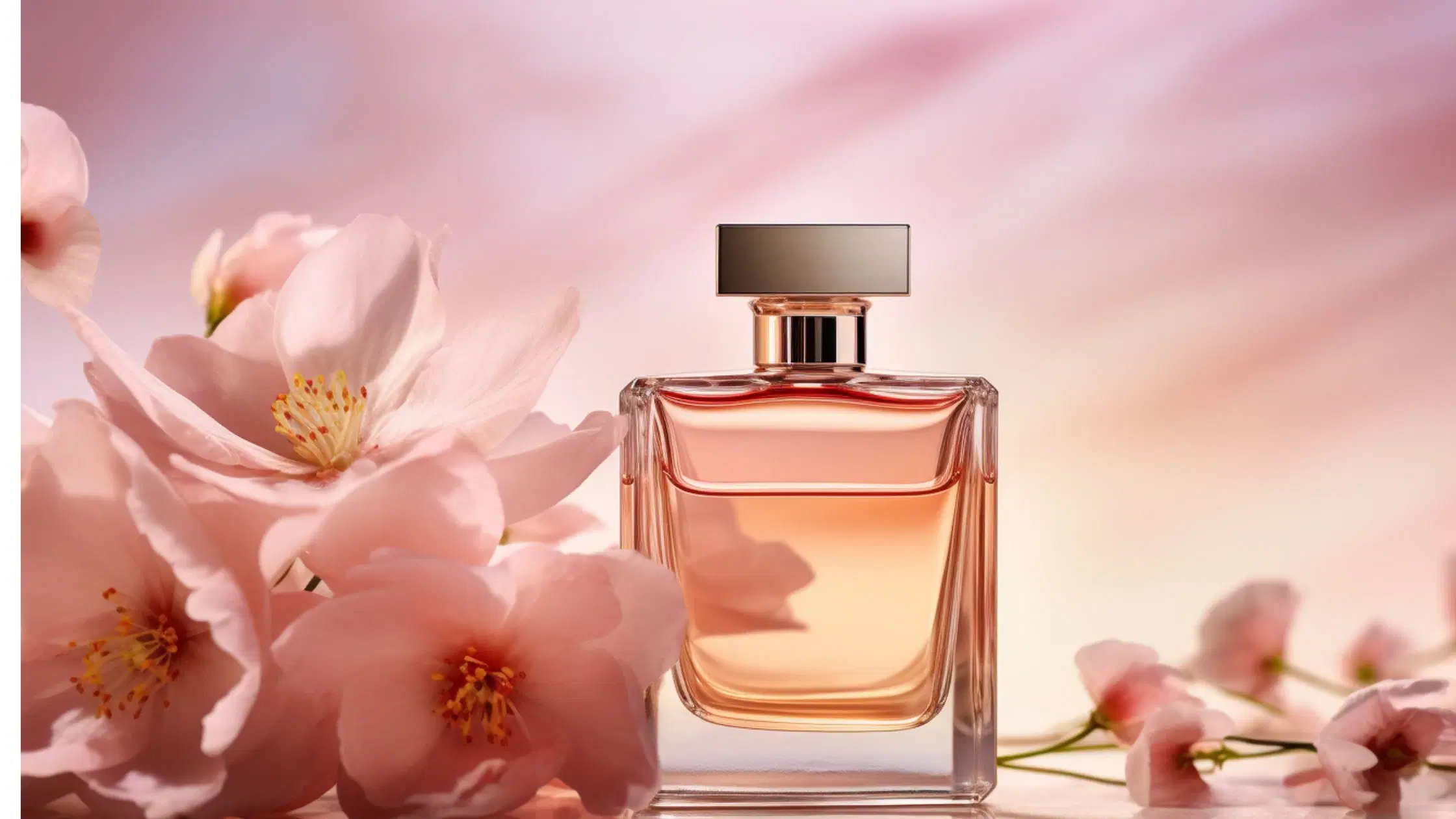
Luxury Edit
•04 min read

India’s perfume heritage is a rich tapestry woven with centuries of tradition, artistry, and natural luxury. In this blog, we explore the history of perfumes in India, the evolution of Indian fragrances, and the traditional methods that continue to define the luxury fragrance traditions of the region. Readers will gain insight into ancient practices, the evolution of techniques, and how time-tested methods remain an integral part of modern style and self-expression.
Perfumes in India date back to the Indus Valley Civilization when archaeological discoveries point to the use of aromatic oils and incense. Ancient texts, including the Vedas and Gandhasastra, document how fragrances were used in religious ceremonies, medicinal practices, and for personal adornment. Ingredients such as sandalwood, agarwood, and saffron were highly prized not only for their exotic aromas but also for their spiritual and cultural significance. This early chapter in the heritage of Indian perfumery laid the groundwork for a unique tradition that celebrates both natural ingredients in Indian perfumes and its cultural identity.
India’s strategic position on ancient trade routes allowed aromatic materials and sophisticated techniques to cross borders. The export of attars and exotic Indian aromas became synonymous with India’s rich contribution to early global commerce. During the Mughal era, perfumery reached new heights as emperors indulged in luxury scents of India crafted from lavish ingredients like rose and jasmine. This cultural exchange enriched Indian perfume culture and set the stage for its evolution over the centuries.
Throughout history, Indian perfumery embraced both ancient wisdom and innovative techniques. Early perfumers used rudimentary extraction methods, which evolved significantly after the introduction of steam distillation during the Mughal period. This transition enabled artisans to create more refined and enduring fragrances, bridging the gap between traditional perfume making in India and modern artisanal practices. The evolution of Indian fragrances reflects a balance between heritage and innovation, where each scent tells a story of transformation and artistic expression.
Natural ingredients such as vetiver, patchouli, and musk have always been the heart of Indian perfumery. These elements not only offer distinctive aromatic profiles but are also celebrated for their therapeutic qualities, as highlighted in Ayurveda. Emphasis on sustainability and purity in artisanal perfumes of India ensures that every fragrance remains true to its roots and resonates with the luxury scents of India that people cherish today. This focus on natural ingredients reinforces the timeless appeal and authenticity central to India’s perfume legacy.

Attar, often considered the pinnacle of traditional perfume making in India, is a labor-intensive process that extracts essential oils from flowers, herbs, and spices using a copper still. This method results in a concentrated fragrance that encapsulates the very essence of the ingredients used. Indian attar craftsmanship is celebrated as an art form where every drop carries centuries of accumulated knowledge and dedication in traditional perfume making in India. The devotion to this craft has kept the heritage of Indian perfumery vibrant and dynamic across generations.
Different regions in India boast their own unique approaches to creating luxury fragrances. For example, the city well-known for its attar production specializes in rose-based perfumes that have distinguished Indian perfume culture for centuries. Other areas are renowned for their expertise in crafting scents with sandalwood and agarwood. These regional variations vividly illustrate the diversity in luxury fragrance traditions in India, where each locale contributes its own distinctive signature to the overall legacy of Indian perfumery.
Did You Know? The Timeless Craft of Kannauj Attars
Kannauj’s attar-making tradition spans over 400 years, using methods that have remained largely unchanged. Artisans focus on natural, alcohol-free extractions to create fragrances that are pure and evocative of India’s long-established aromatic legacy.
Throughout history, perfumes in India have signified royal luxury and prestige. From the opulent courts of past empires to contemporary celebrations, the luxury scents of India have always been associated with wealth and refinement. The gifting of perfumes as tokens of status highlights India’s deep-rooted connection to exquisite fragrances. Even today, high-end artisanal perfumes stand as a testament to India’s enduring tradition of sophisticated and curated collections that reflect true self-expression and style.
Modern Indian perfumers blend time-honored traditions with contemporary insights to create artisanal perfumes that appeal to a global audience. Emphasizing natural ingredients and sustainability, these modern creations are inspired by the heritage of Indian perfumery and carry forward the legacy of luxury fragrance traditions in India. In this convergence of old and new, Indian perfume culture embodies a perfect harmony of heritage, innovation, and style, reflecting the vibrant and inclusive spirit that guides self-expression through fashion.
To truly appreciate the rich traditions behind India’s perfumery, one can visit regions celebrated for their scent-making heritage. Cities known for their age-old artisanal practices provide a window into the delicate processes behind traditional perfume making in India. Workshops and museums allow visitors to experience firsthand the skill required for creating attars and the natural ingredients in Indian perfumes, offering a sensory journey into the heart of India’s aromatic legacy.
-8704a161-e35d-4932-b982-017add6889b1.png&w=3840&q=75)
Choosing a fragrance that encapsulates the heritage of Indian perfumery begins with knowing what to look for. Authentic Indian perfumes are crafted using natural ingredients like sandalwood, jasmine, vetiver, and agarwood. Buyers are encouraged to seek products that emphasize artisanal quality and a commitment to traditional techniques that have been handed down for generations. These fragrances do more than provide a scent; they offer a connection to India’s rich history and serve as a form of self-expression through responsible and sustainable luxury.
Perfumes in India evolved over centuries, with origins dating back to the Indus Valley Civilization and further refined during the Vedic and Mughal eras.
The history of perfume spans thousands of years, with India playing a significant role in shaping early practices through its use of aromatic substances in spiritual, medicinal, and cosmetic contexts.
Attars are concentrated essential oils extracted from natural ingredients through traditional methods such as steam distillation, without the use of alcohol.
Kannauj is celebrated for its centuries-old tradition of attar craftsmanship, where natural methods and regional expertise produce distinctive, authentic scents.
Key ingredients include sandalwood, agarwood, vetiver, patchouli, saffron, rose, and jasmine, all known for their rich aromas and various therapeutic benefits.
India’s rich perfume heritage is a testament to its cultural depth, artistic ingenuity, and commitment to natural luxury. From ancient practices documented in the Gandhasastra to the modern artisanal creations that blend heritage with innovation, this aromatic legacy continues to influence global perfumery. By exploring historical roots, traditional techniques, and modern reinventions, readers can appreciate the timeless elegance and diversity of Indian fragrances. This journey into the heritage of Indian perfumery not only inspires but also invites a deeper connection to the artistry of scent-making.